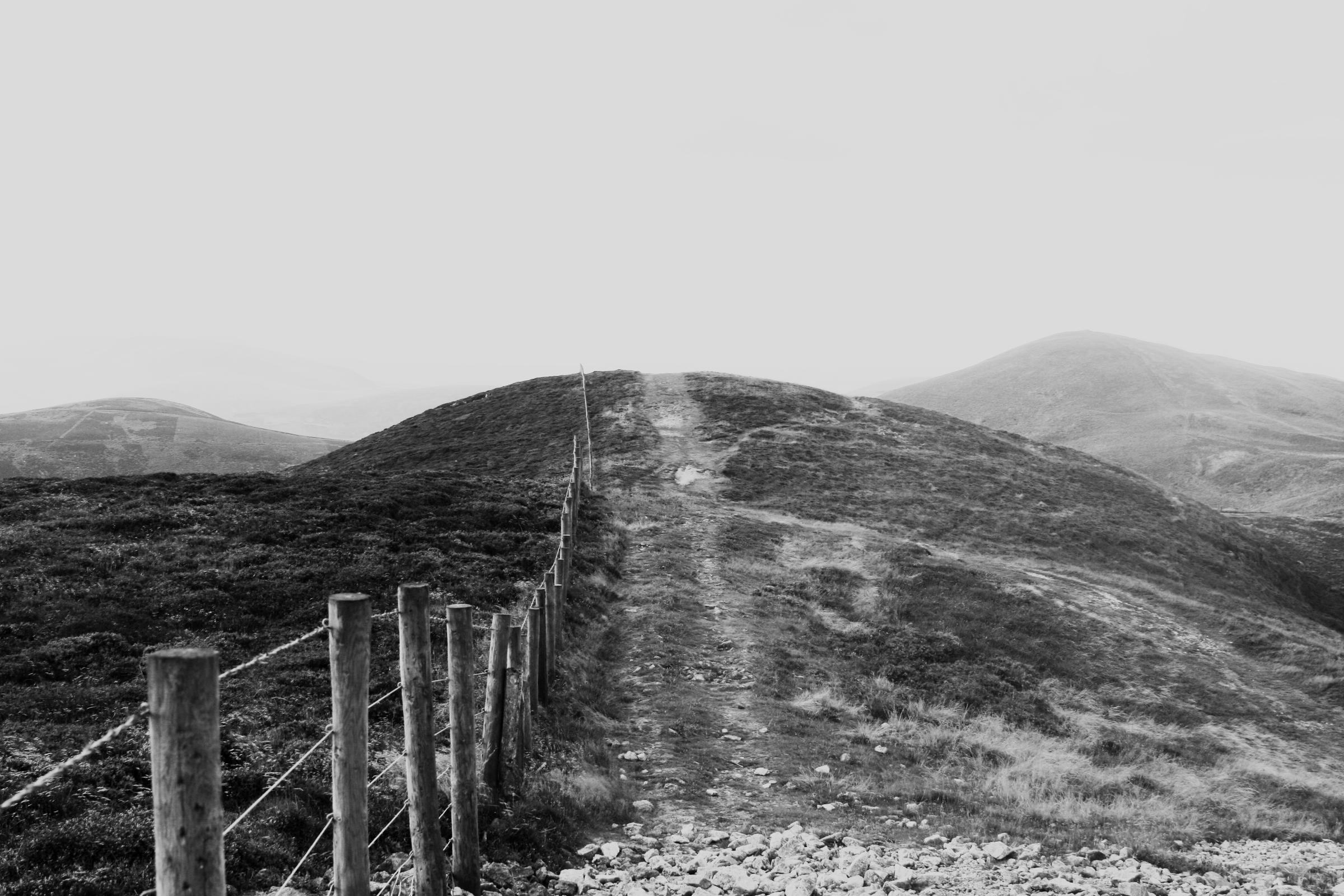
Boundaries
BY JONATHAN SCAMPTON (YEAR 7 LEARNING ASSISTANT)
What comes to mind when you think of rules and boundaries? Throughout the AFL season, my family inevitably hear my view about whether rules are being consistently enforced. ‘That’s ridiculous!’ is often exclaimed when players are adjudged to have deliberately mis-kicked the oval-shaped, randomly bouncing ball 25 or 30 metres over the curved boundary line. My grievance with the ‘Insufficient intent’ rule aside, imagine for a moment what we’d have if football had no rules. No, not rugby. Even rugby has rules and boundaries (it didn’t at one time, and players would grind their way between towns in a game that could last for days!). Can you name a sport that doesn’t have rules and boundaries? In fact, rules and boundaries are what define a sport.
Recently, I did a character study of Nehemiah in the Bible. One of his primary concerns was for those still in war-torn Jerusalem and their vulnerable condition due to the state of disrepair of the city’s walls. The story details Nehemiah’s mission to rebuild the walls despite opposition, but also re-emphasised to me the significance of boundaries, particularly those ordained by God, and the need to enforce and, at times, reinforce them.
Clear boundaries provide freedom.
This sounds contradictory, but we can make the mistake of thinking freedom is a lack of restraint, especially after our lockdown years. If you’ve spent time behind someone indecisive in a ‘fast’ food queue, you’ll appreciate that choice is not always a good thing when there are too many things to choose from. Students, similarly, can struggle with decision-making and anxiety when too much choice is offered. The ‘real world’ we are preparing our students for is full of constraints or ‘boundaries’ (e.g. road rules, workplace agreements, social protocols etc.). It’s why our students, such as those studying Design & Technology, must factor constraints into their product design and learn to work within parameters, just as all businesses do. It’s a life skill. In his podcast, ‘Do more, invest less’, well-known leadership speaker, Craig Groeschel, challenges the notion that innovation is best achieved by thinking outside the box. His contention is that ‘constraints drive creativity’. Clear boundaries can free us to find creative solutions specific to our situation.
Clear boundaries provide security.
A study was once done which observed the difference in students’ playground behaviour where a fence enclosed playgrounds, compared to where no fence was present. The researchers found a distinct difference in the way students interacted in each space. Without fences, students were reluctant to move far from the teacher’s view. Where boundaries were clearly delineated, however, researchers noticed that children appeared more at ease, and freely explored the whole playground space. Students (and people in general) feel safe when they know where the boundaries are. That’s not to say they won’t test them, but security comes from knowing that, as in AFL, the boundaries and rules are clear and consistently enforced. If not, we won’t have freedom, or security… we’ll have something like rugby!
